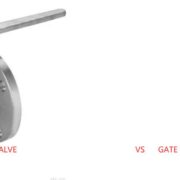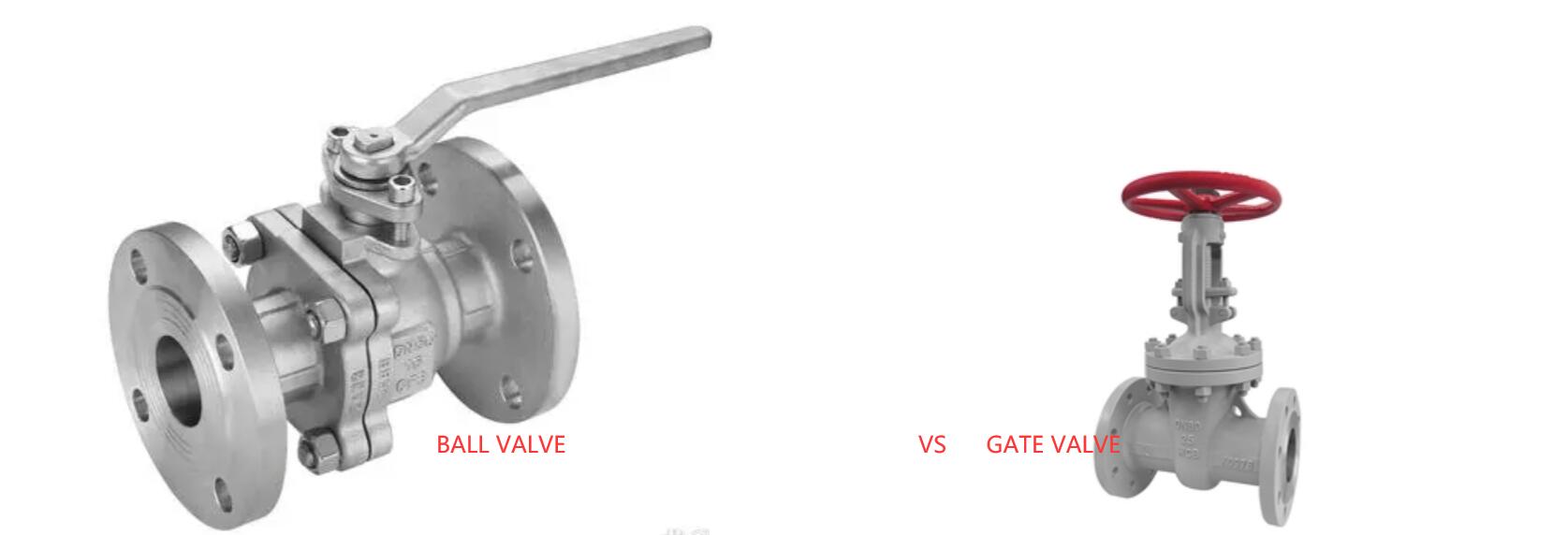Gate Valve vs. Ball Valve: Key Differences & Top Chinese Manufacturers
Gate Valve vs. Ball Valve: Key Differences & Top Chinese Manufacturers
Введение
Gate valves and ball valves are two of the most widely used flow control devices in industrial piping systems. While both serve similar purposes, their design philosophies and operational characteristics differ significantly. This article compares their technical specifications, applications, and highlights China’s top manufacturers in both categories.
1. Design and Functional Differences
Gate Valves 37
- Состав: Linear motion valve with a wedge-shaped gate to block flow
- Операция: Designed for full open/close positions; unsuitable for throttling
- Pressure Drop: Minimal pressure loss when fully open
- Typical Applications:
- Water treatment plants
- Oil & gas pipelines (DN6–1000mm size range)
- High-temperature systems (up to 680°C)
Шаровые краны 56
- Состав: Quarter-turn valve with a rotating perforated ball
- Операция: Fast shutoff capability; suitable for throttling
- Pressure Drop: Slightly higher due to ball obstruction
- Typical Applications:
- Chemical processing (acid/corrosive media)
- LNG systems (low-temp steel variants down to -196°C)
- High-pressure environments (up to 42MPa/Class 3000lb)
2. Material & Certification Standards
Chinese Manufacturers’ Material Choices
- Gate Valves:
- Carbon steel, stainless steel (CF8/CF8M), Monel alloys
- Super-low temp steel for cryogenic applications7
- Шаровые краны:
- Forged materials (A105, F304L, F316L)
- Full-welded designs for zero leakage5
Certifications
Leading Chinese suppliers hold:
- API 6D (American Petroleum Institute)
- ISO 9001:2015 Quality Management
- CE/PED (European Pressure Equipment Directive)35
3. Top Chinese Gate Valve Manufacturers
- Specialization: High-pressure parallel gate valves (PN100/Class 2500lb)
- Capacity: 15,000㎡ facility with 43 senior engineers
- Exports: 30+ countries including U.S. and EU markets
- Key Product: API-6D certified gate valves for oil & gas
- Technology: Advanced CAD/CAM design systems
- Size Range: DN6–1000mm (¼”–40″)
4. Leading Chinese Ball Valve Suppliers
- Core Products:
- Full-welded ball valves for gas pipelines
- Trunnion-mounted designs up to DN4500mm
- Certifications: API 607 fire-safe, ISO 14001 environmental
Ganesh Industries 6
- Specialization:
- Cast iron ball valves (pharmaceutical/chemical industries)
- Triple-offset metal-seated variants
- минимальный заказ: Low minimum order quantities for exporters
5. Selection Guide: When to Choose Which?
| Factor | Задвижка | Шаровой кран |
|---|---|---|
| Flow Control | On/Off only | Throttling possible |
| Maintenance | Frequent stem packing | Low maintenance |
| Space Requirements | Vertical installation | Compact design |
| Cost Efficiency | 15–654/set3 | 8–500/piece3 |
6. Why Source from China?
- Cost Advantage: Direct factory pricing (30–50% lower than Western counterparts)
- Customization: OEM services for branding/logos4
- Rapid Delivery:
- 2–4 days for stock valves4
- 15–30 days for customized orders
- Quality Assurance:
- 100% hydrostatic testing
- Third-party inspection support
Заключение
While gate valves excel in high-pressure linear flow systems, ball valves dominate in quick-shutoff and corrosive media applications. Chinese manufacturers gate valves and ball valves combine competitive pricing with API/ISO-certified quality, making them preferred partners for global procurement teams. For specialized requirements, most suppliers offer free samples and technical consultations to ensure optimal valve selection357.
This structure balances technical comparison with actionable sourcing insights while highlighting China’s manufacturing strengths. Let me know if you need adjustments to emphasize specific aspects!




